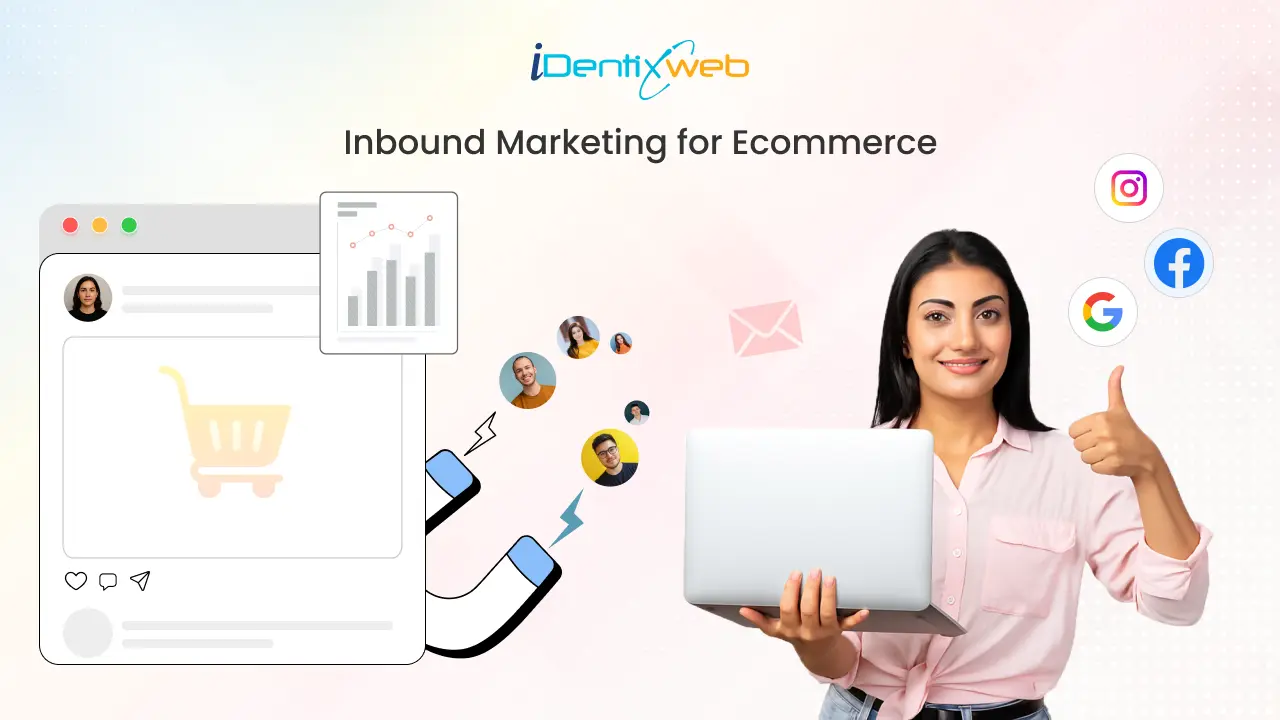
What is Inbound Marketing for Ecommerce?
Ecommerce is evolving fast. It’s no longer just about having an online store; it’s about being present where your customers are: across platforms, devices, and channels. Traditional marketing tactics, like shouting with ads or chasing cold leads, often fall short in this dynamic landscape. They drain budgets and deliver short-lived results. That’s where inbound marketing for ecommerce changes the game. Inbound marketing costs 62% less than traditional marketing and generates 3x more leads. Inbound marketing automation software is a modern, human-first approach that helps you attract customers naturally by offering value, building trust, and nurturing authentic relationships. It empowers ecommerce brands to scale their presence, engage meaningfully with prospects, and turn one-time buyers into lifelong advocates.What Are We Trying to Achieve with Inbound Marketing?
Imagine this, You’ve just opened your online shop. Instead of blasting ads everywhere, you set up a beautiful homepage, publish helpful blog posts, share styling tips on Instagram, and create a quiz that helps customers find the perfect product. A few people browse. Some sign up for your emails. One makes a purchase. Later, they get a thank-you note and a special offer for their next order and tell a friend. That’s inbound marketing in action. Now, let’s explore the four stages of the inbound marketing strategy: attracting, engaging, converting, and delighting customers.Attract – Be a Magnet, Not a Megaphone
This is where the journey begins: generating awareness and brand recognition among your ideal audience. Instead of shouting at everyone, you draw in the right people by creating valuable content. Think about:- Blog posts that solve specific problems
- SEO-friendly product pages to help customers find what they’re looking for
- Social media stories that inspire
- Videos that entertain and educate
Engage – Build Real Connections
Once potential customers find you, don’t just push for the sale. Instead, spark a conversation and provide value. Offer a helpful download, send a welcome email series, or walk them through a quiz recommending the best product. Here’s where you gain trust and start a relationship, even if they’re not ready to buy yet. Whether it’s an email, a product guide, or a comment on your Instagram post, every touchpoint should feel human and helpful.Convert – Turn Browsers into Buyers
Now comes the exciting part: turning your visitors into customers. But this isn’t about pushing hard for the sale, but guiding them through the process. Use tools like:- Abandoned cart reminders with a personal touch
- Social proof (reviews, user photos)
- A smooth, mobile-friendly checkout flow
- Videos that entertain and educate
Delight – Create Loyalty That Lasts
Too many brands stop at the sale. However, the best ecommerce businesses know what comes next is even more important. This stage is where you truly stand out by exceeding expectations. Whether it’s a handwritten thank-you note, a how-to video for their new product, or a loyalty discount, delighting your customers creates lasting brand love. Delighted customers not only come back, but they also tell their friends, post on social media, and become vocal fans.If you're aiming to build lasting relationships, learn the best Strategies to Reward Your Loyal Customers today.
Why is Inbound Marketing Essential for Ecommerce Brands?
Inbound marketing is essential for ecommerce brands because it helps you:- Attract the right audience naturally, using content and SEO.
- Build trust and relationships that lead to long-term customer loyalty.
- Increase conversions with minimal friction and clear, value-driven offers.
- Delight your customers, turning them into advocates who promote your brand.
Inbound Marketing vs Outbound Marketing: A Tale of Two Strategies
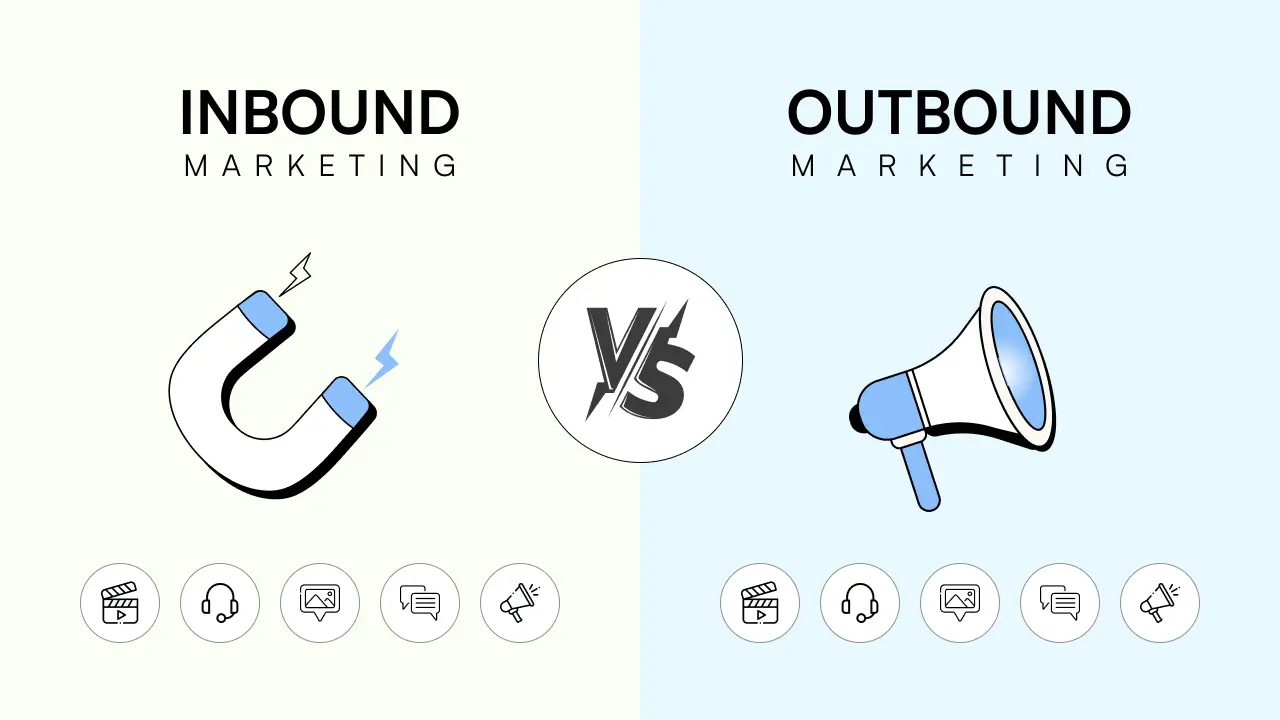 Here's a comparison table highlighting the differences between Inbound Marketing and Outbound Marketing:
Here's a comparison table highlighting the differences between Inbound Marketing and Outbound Marketing:
| Feature | Inbound Marketing | Outbound Marketing |
|---|---|---|
| Method | Pulls in interested customers. | Pushes regardless of interest |
| Content Focus | Written according to the customer’s needs. | Written according to product needs. |
| Content Consumption | Part of content consumption. | Disrupts content consumption. |
| Marketing Type | Also called New Marketing Technique. | Disrupts content consumption. |
| Cost | Generally cheaper. | Often expensive. |
| Alternate Name | Known as "Magnetic Marketing". | Known as "Push Marketing" |
| Customer Interaction | Requires permission from the customer. | Interrupts the customer experience. |
| Communication | Two-way communication | One-way communication. |
| Search Ranking | Two-way communication | One-way communication. |
| Examples | Blogs, social media, and content marketing | Display ads, TV ads, cold calls. |
| When to Use | Best for long-term visibility and customer engagement. | Effective for product launches to unaware audiences. |
| Tools & Analytics | Supported by multiple tools and rich data. | Limited tracking and personalization capabilities. |
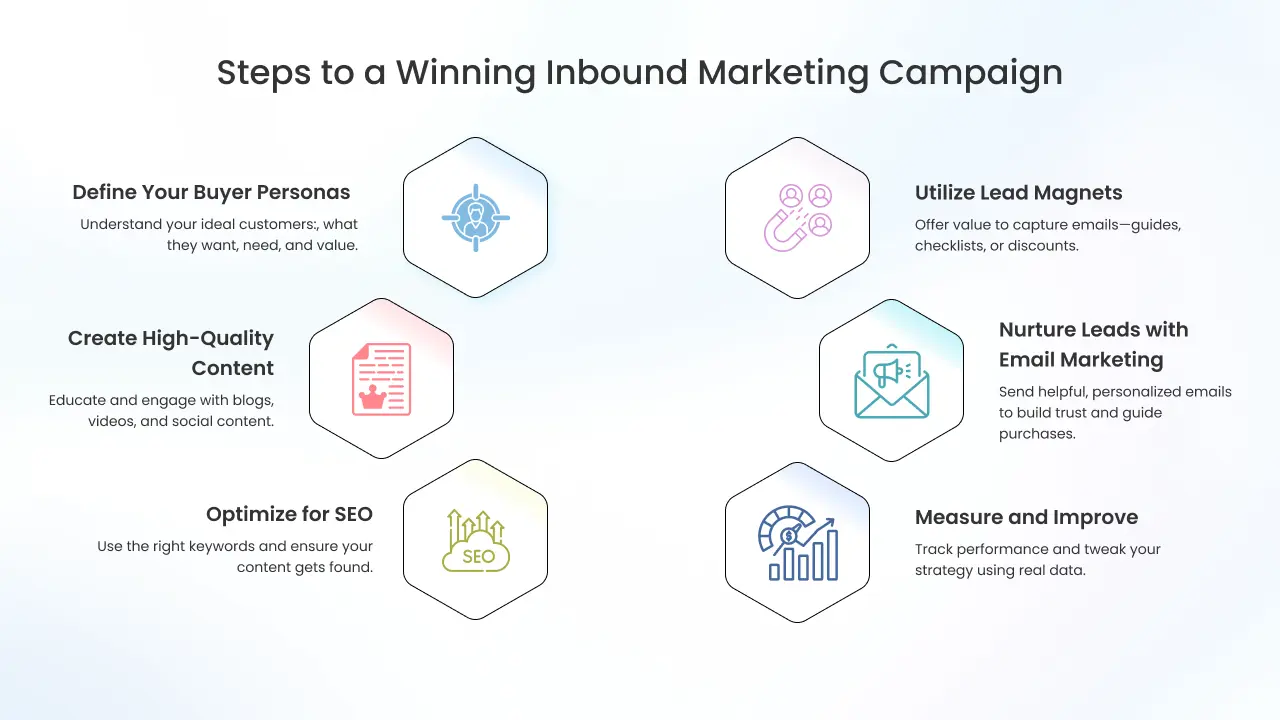 Turn your brand into a customer magnet with valuable strategies—educate, engage, and earn trust. Let's explore some strategies:
Turn your brand into a customer magnet with valuable strategies—educate, engage, and earn trust. Let's explore some strategies:
Top 10 Inbound Marketing Strategies for Ecommerce
Inbound marketing services focus on engaging audiences who naturally spend their time online through content, conversations, and platforms they already trust. Here are some strategies that can help you or your business.1. Content Marketing (Attract via Value)
Content marketing is the cornerstone of inbound marketing. While traditional marketing pushes messages outward, inbound marketing pulls customers in by offering real value. Common content formats:- Blog posts
- Product guides
- How-to tutorials
- Video explainers
- FAQs and knowledge bases
- User-generated stories and reviews
- Educates and solves real customer problems.
- Boosts SEO and drives organic traffic.
- Builds long-term trust and brand authority.
- Creates a foundation for email, social, and lead nurturing.
- Keeps your website dynamic and returning visitors engaged.
- User-generated stories and reviews
If you want to engage your audience and increase sales, check out these Shopify content marketing strategies.
SEO Optimization (Be Discoverable)
SEO ensures that your content and product pages show up when customers actively search for solutions you offer. How it works:- Research high-intent keywords relevant to your niche
- Optimize product titles, descriptions, image alt tags, and blogs
- Use internal linking and technical SEO best practices
- Drives consistent, high-intent, purchase-ready traffic
- Increases visibility without relying on ads
- Enhances the discoverability of new and evergreen content
- Positions your brand as a top solution in search results
Unlock the secrets to outrank competitors and drive organic traffic with this ultimate Shopify SEO guide.
Email Marketing (Nurture & Convert)
Email marketing turns first-time visitors into loyal customers through personalized, timely communication. Tactics to use:- Welcome email flows
- Product education series
- Abandoned cart recovery
- Post-purchase and loyalty offers
- Builds retention and customer lifetime value (LTV).
- Boosts average order value (AOV) through upsells and education.
- Keeps your brand at the forefront of your mind with minimal cost.
- Encourages repeat purchases through automation.
Discover the secrets behind successful Shopify email marketing that boosts sales effortlessly through automation.
Social Media Engagement (Humanize the Brand)
Social media helps you connect emotionally with your audience and build a brand they feel part of. 71% of consumers are more likely to buy from brands they follow on social media. Content to post:- Behind-the-scenes stories
- Polls, Q&As, and reels
- User-generated content (UGC)
- Product drops and social proof
- Builds community and loyalty.
- Increases reach and organic engagement.
- Provides real-time feedback and customer interaction.
- Drives awareness, traffic, and shares.
Video Marketing (Show, Don’t Just Tell)
Video communicates more quickly, making it perfect for educating, inspiring, and converting customers. Effective video formats:- Product demos and tutorials
- Before/after transformations
- Lifestyle/influencer usage
- Unboxings and testimonials
- Improves engagement and dwell time on pages.
- Reduces product confusion and returns.
- Boosts conversions with visual proof.
- Works well across social, email, and product pages.
Curious about ways to engage your audience better? Discover how video marketing can truly transform your Shopify business.
Influencer & UGC Campaigns (Social Proof)
People trust people more than brands. Influencers and UGC create credibility that drives clicks and purchases. What to include:- Collaborations with niche micro-influencers
- Reposting customer reviews and photos
- Hashtag campaigns and giveaways
- Increases trust and authenticity.
- Drives more engagement than branded content.
- Enhances conversions with relatable visuals.
- Expands reach into new audiences through influencer followers.
Exploring fresh strategies to grow your Shopify store? Here’s why influencer marketing should be on your radar.
Post-Purchase Content (Boost LTV)
Don’t stop after the sale. Post-purchase content strengthens the relationship and opens doors for upsells and referrals. Send helpful content like:- Product care instructions
- Styling or usage tips
- Thank-you notes + discount codes
- Referral and loyalty incentives
- Improves customer retention
- Encourages second and third purchases
- Reduces returns with better product education
- Turns happy customers into promoters
Lead Magnets & Downloads (Grow Email List)
Offer free, valuable resources in exchange for email addresses. This builds your owned audience for future nurturing. Examples of lead magnets:- Size guides
- Checklists or planners
- eBooks or downloadable templates
- Exclusive discount offers
- Grows a qualified email list
- Offers instant value, improving brand perception
- Funnels users into targeted nurturing flows
- Converts browsers into leads
Quizzes & Product Finders (Interactive Personalization)
Interactive tools help customers quickly and confidently find what’s right for them. Popular quiz types:- Skin/hair type matchers
- Style and size finders
- Gift recommendation tools
- Routine or bundle builders
- Increases user engagement and time on site
- Boosts conversion rates by reducing friction
- Makes shopping fun and personalized
- Captures valuable zero-party data
Educational Landing Pages (Content + Conversion)
Blend content and product info on one page to educate while selling. These pages are designed to rank and convert. What to include:- Beginner guides with an SEO focus
- Product collections tied to specific needs
- Visual content and embedded video demos
- Strong CTAs with helpful copy
- Builds trust by educating upfront.
- Guides users to relevant products.
- Improves SEO ranking for long-tail queries.
- Converts warm traffic with low resistance.


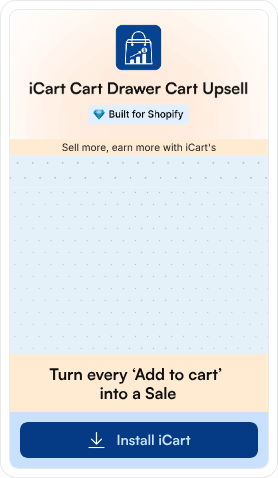

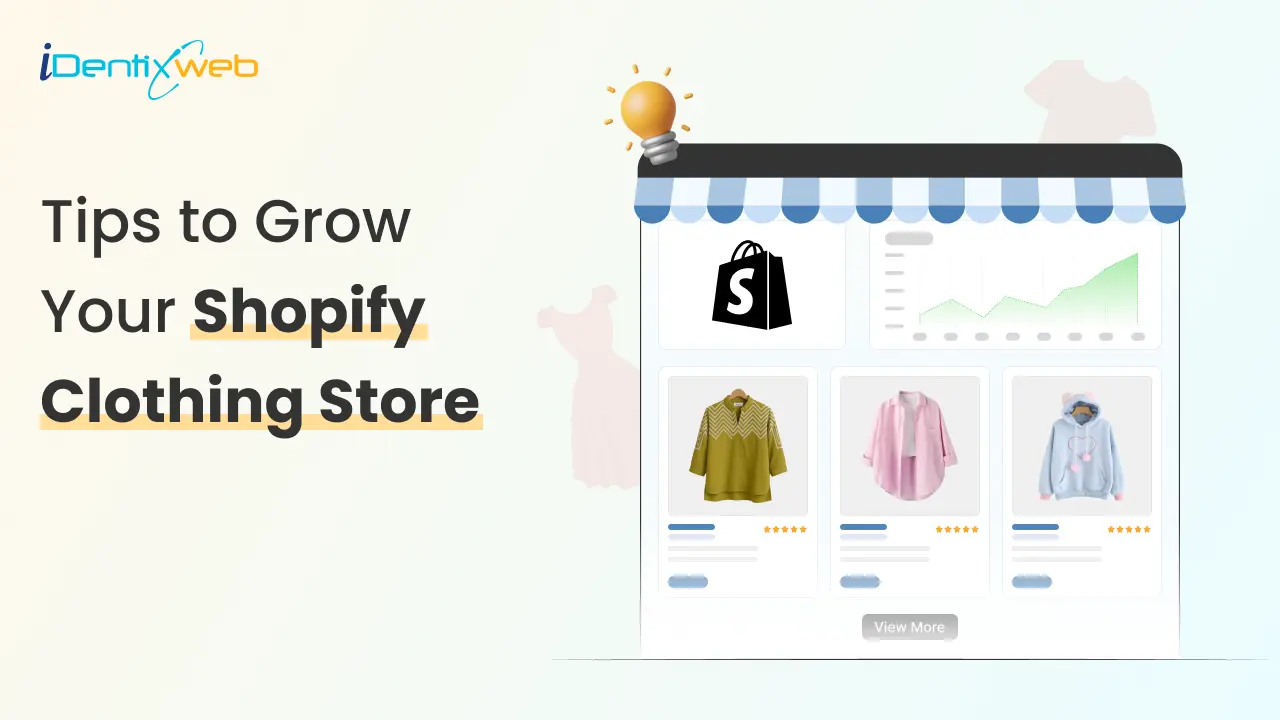
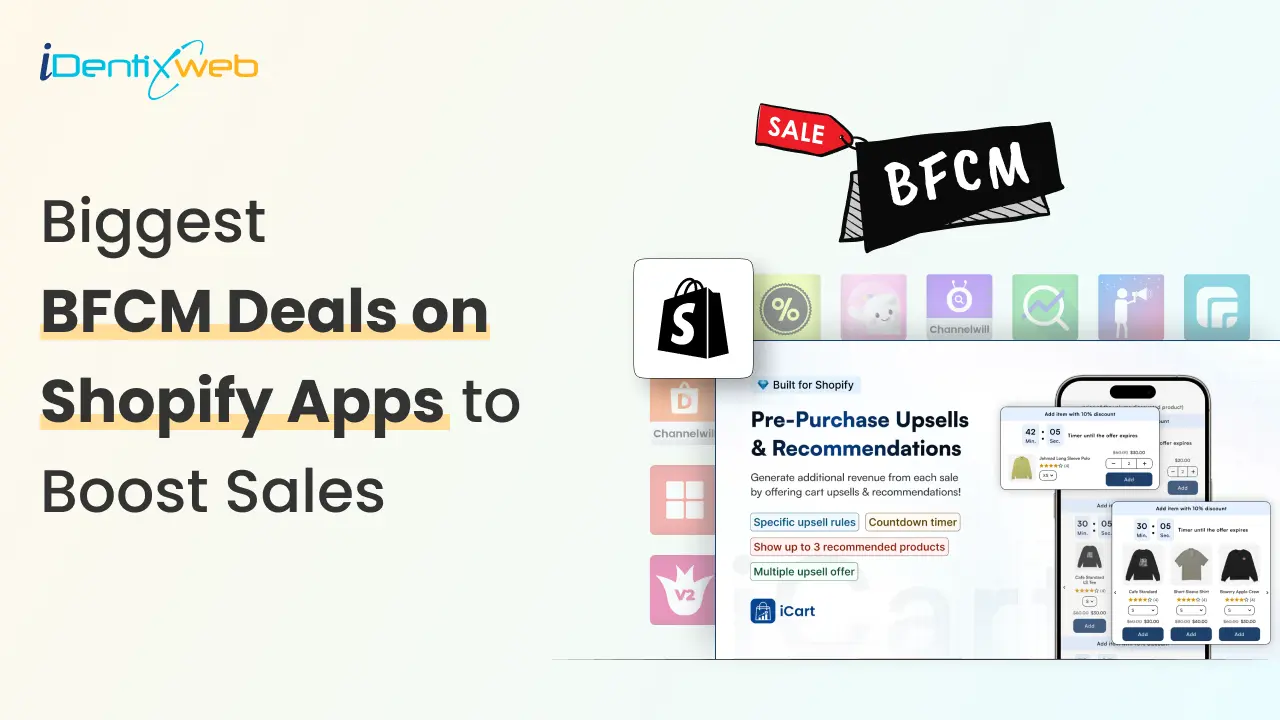
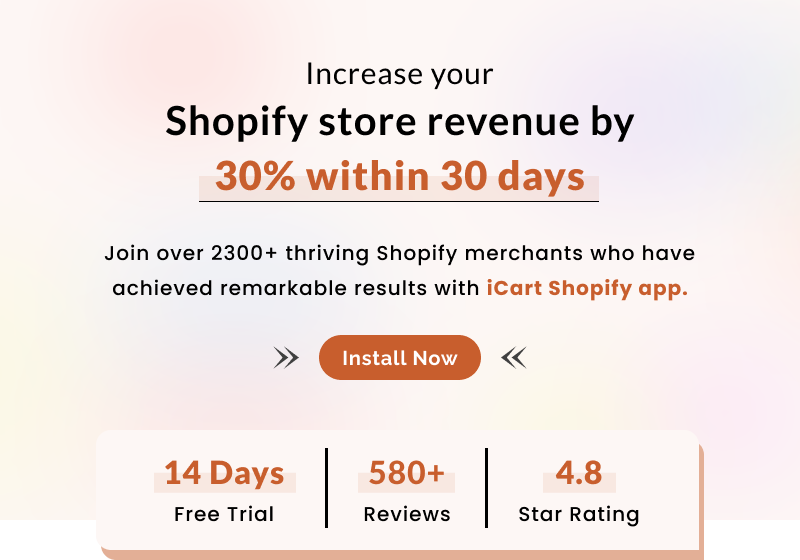
About the author
Bhavesha Ghatode
Explore Content with Bhavesha, a passionate and dedicated technical content writer with a keen understanding of e-commerce trends. She is committed to sharing valuable insights, practical assets, and the latest trends that can help businesses thrive in a competitive environment.